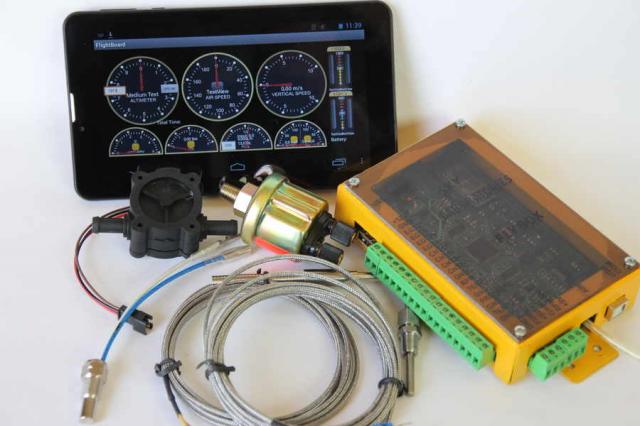Through the 90s I relied on Barnes and Noble (B&N) to have the books I needed for the various jobs I was pursuing. As technology changed, so did the book shelves. I think for a while my local B&N store had 2 or 3 rows with multiple shelves full of computer books. The variety was very good from end users, to developers.
In the late 90s Amazon was born, and my book buying shifted. I went from perusing the book shelves at B&N to shopping on line, and ordering whatever I needed. It didn't matter that it might take 3 days to get the book, it was probably available, and I was going to get it. Eventually Amazon gamed the system with their multiply rejected one-click patent, and I vowed never to buy anything there again.
It didn't matter, there were other book sellers on line. I mostly use Half.com, but there were others including A1 (now out of business). These book sellers would sell new and used books at a fraction of the price others were.
As technology started moving faster, some of the books were out of date by the time they hit the shelves. Online forums replaced the tech books. Open source software begat open source documentation, and eventually tech books seemed obsolete. I mostly stopped shopping in book stores, since everything I was looking for was on line.
A funny thing happened though. The magazine stores went out of business, so I would go to B&N about once a month to browse magazines for some of the fringe subjects I am interested in (Model Railroading, Wooden Boats). These are subjects I am interested in, not always for the actual heart of the subject, but they are craftsmen and hackers on a whole nuther level.
This month, I had an article published in Kitplanes Magazine and I wanted to get a couple copies. While wandering the aisles in B&N to see what else is going on, I noticed several kits that might be useful. The store carries Little Bits and Arduino kits, along with some other robots and RasberryPi kits.
The kits sold at B&N are not the cheapest, but are probably suitable to the retail space where clerks may not be able to provide much after the sales support. But maybe their staff knows a thing or two. On top of kit display, there was a sign:
Yes a mini maker faire at all the stores. I am hoping the staff is helping and participating. It sounds like they are moving in the right direction. Engaging the community. Go if you can, tell 'em it is a great idea.
If you go, please give me some feedback.






